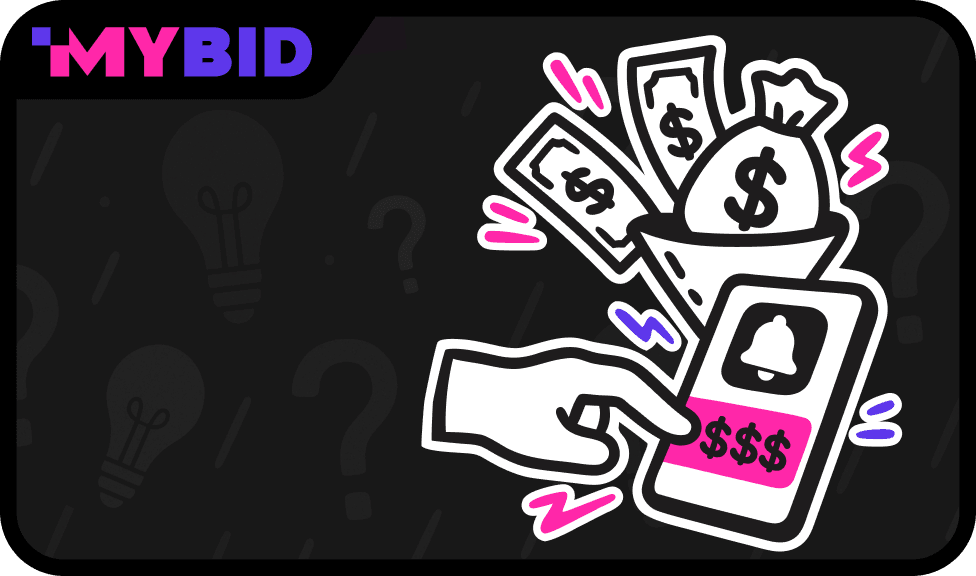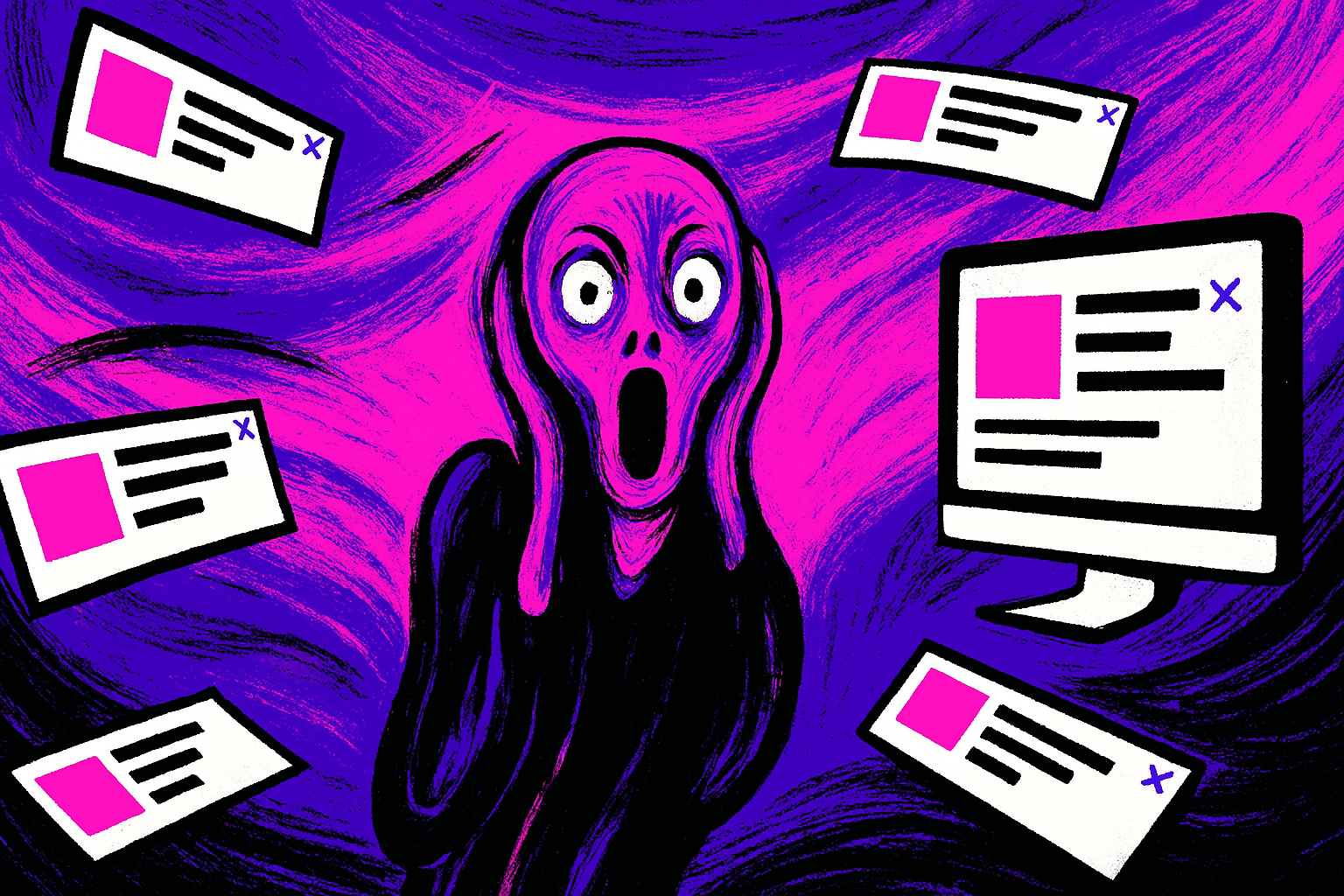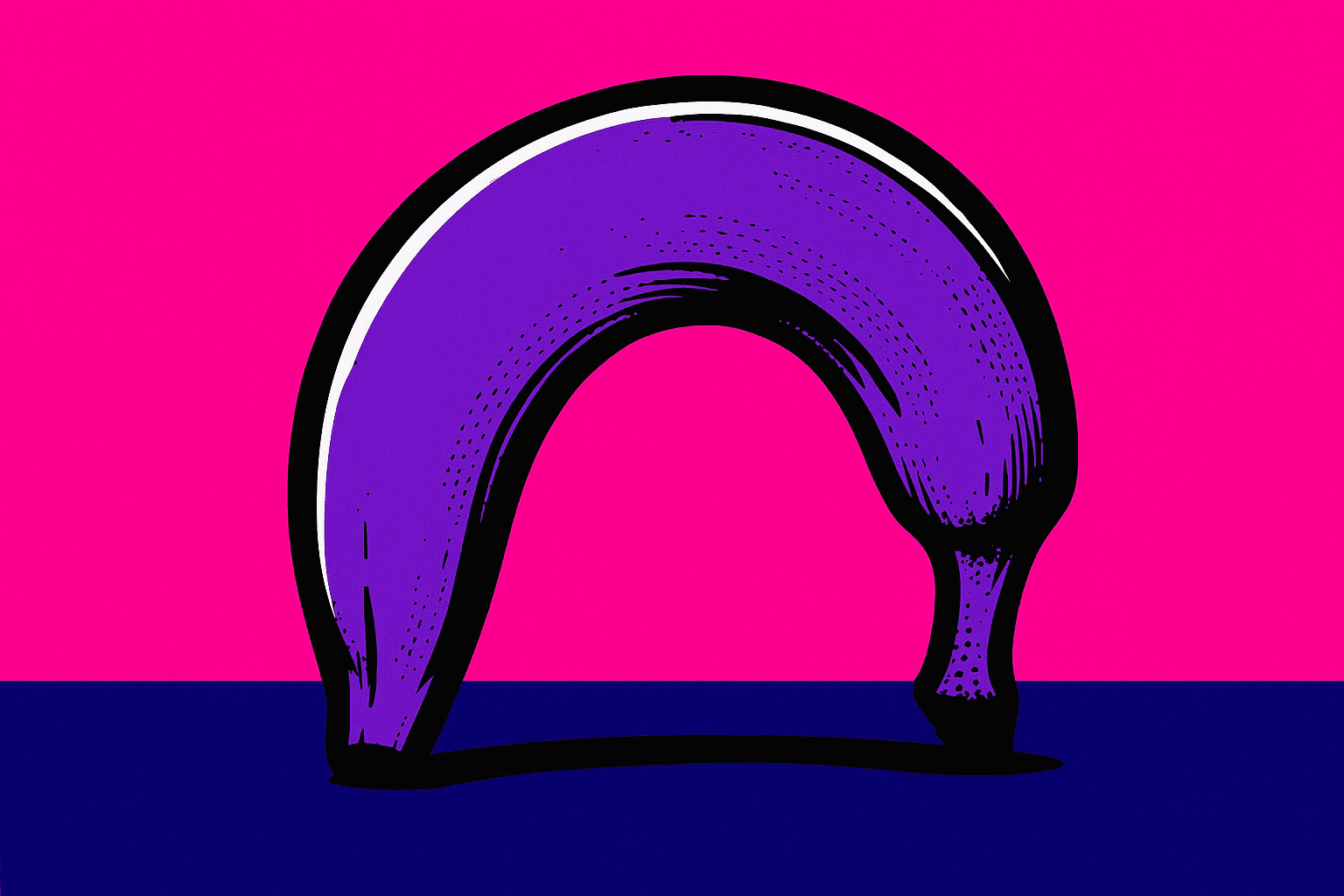
Are you familiar with headlines like "Fishermen Were Stunned When They Pulled THIS Out of the Ice Hole" or "The Weight Loss Secret in a Week That They're Hiding From You?" These are classics of teaser advertising—a powerful tool that plays on the strongest human emotion: curiosity. Its essence is to create a buzz around a news item, product, or event using catchy headlines, striking visuals, and an element of ambiguity. This approach compels users to click to satisfy their curiosity, thereby becoming your visitor.
Looking to squeeze maximum value from every click? MyBid means reliability, lightning‑fast setup, and full control over your campaigns. With our top‑tier PopUnder and TMA traffic, results start flowing from day one. Contact our Advertiser Manager here
The main power of teasers lies in psychology. People love anticipation and mystery. Remember how excited you felt before a holiday? Teasers create a similar feeling: "What's in there? I hope I don't miss out!" They give a sense of being part of something important or exclusive. Brand fans especially appreciate this advantage. Moreover, curiosity drives people to click on intriguing, even slightly "clickbait" headlines. Marketers skilfully use this desire of people to learn and share news.
However, there is a fine line between an effective teaser and outright clickbait, which will disappoint the user and harm your reputation. A teaser should intrigue but not deceive.

An effective teaser has one main task—to get people to click. To do this, you need to:
1. Keep the Promise: The teaser should match what the user will see when they click the link. Disappointment from unmet expectations is the worst thing that can happen. If the teaser promises a "weight loss secret," the page should provide a real, working method.
2. Play Mysteries: Create an aura of mystery around your product or news. Release information in bits and pieces to maintain interest. Make sure your product or event is really worth the wait. For example, announce a collaboration with a celebrity but reveal the details gradually.
3. Avoid Lies and Exaggerations: Do not use shocking or unsubstantiated claims. The intrigue should be based on real merits, not empty promises. A shocking headline without a real basis will lead to a high bounce rate.
4. Choose the Right Format: Teasers come in different forms:
4.1 Banners: Static or animated (GIF), placed on websites, in sidebars, in articles. A bright picture + provocative headline is a classic.
4.2 Videos: Short clips, often shown before content viewing (in online cinemas). They can be interactive or simply intriguing.
4.3 Notifications: Mimic social media/messenger notifications, popping up in the corner of the screen with a characteristic sound. Their design is very similar to real notifications, which increases clickability.
4.4 "News" Announcements: Mimic the beginning of an article, leading to a landing page with a "read more." They create a sense of important news.
5. Target Carefully: Don't show the teaser to everyone. That's wasteful. Define your audience (by interests, demographics, behaviour) and show the ad only to them. Showing a teaser about discounts on children's products on a parent forum will be more effective than on an entertainment portal.

To launch a teaser ad, you will need a specialised teaser network—a service that acts as an intermediary between advertisers (you) and website owners willing to host your ads.
1. Choose a Network: Research available networks. Pay attention to the topics of the sites they work with (news, entertainment, women's, men's, etc.) and the types of promotions they support (news—focus on intrigue, product—on specific products, hybrid—both). Consider your target audience and campaign goal. For wide reach and buzz creation, hybrid networks are suitable.
2. Register: The process is usually simple: provide contact details, indicate that you are an advertiser, and confirm registration via email.
3. Set Up Your Account and Campaign: In the account settings, set general parameters: display regions, daily click limits, and total budget. Then create a new ad campaign. Here, specify more detailed settings: target actions (clicks, purchases, leads), display schedule (you can start immediately or delay), and refine targeting (age, gender, interests, devices).
4. Create Teasers: This is the most creative stage. Upload a bright, eye-catching image (at least 300x300 pixels, relevant to the topic). Come up with a catchy headline (usually up to 75 characters) and a short announcement text (up to 150 characters). Set the cost per click (it is recommended to bid slightly higher than the network's minimum suggested bid to get into rotation faster) and provide a link to the landing page. The key to success is testing! Create several teaser variants (5-10) with different images, headlines, and texts to determine which ones work best for your audience.
5. Launch and Analyse: After launching the campaign, carefully monitor the statistics provided by the network: number of impressions, clicks, cost per click (CPC), budget expenditure. It is important not just to look at the numbers but to analyse the conversion—how many visitors who came through the teasers took the desired action (purchase, registration, application). To do this, be sure to use UTM tags in the links to track effectiveness in analytics systems (Yandex.Metrica, Google Analytics).
6. Adjust the Campaign: Disable ineffective teasers, increase the budget for successful ones, and adjust targeting and scheduling based on the data obtained.

1. Simplicity: Even a beginner without deep marketing knowledge can set up a campaign. Teaser network interfaces are usually intuitive.
2. Affordability: The low cost per click (from 50 kopecks to 15-20 rubles, and even cheaper in some networks) makes it attractive for small and medium-sized businesses.
3. Massive Reach: Popular networks generate hundreds of millions of impressions per month, allowing you to reach a wide audience.
4. Fewer Restrictions: Requirements for text and images are usually more relaxed than in contextual advertising. This gives more creative freedom, especially for complex or prohibited topics.

1. Not for Everyone: Ideal for inexpensive mass-demand products (cosmetics, clothing, accessories, digital goods), sales, promotions, and attracting a wide audience to content projects. It works poorly for complex, expensive B2B products, niche products, or services that require a long decision-making process. You are unlikely to find a buyer for expensive plumbing equipment who will click on a teaser and order a toilet spontaneously.
2. Cold Traffic: A significant portion of clicks are made out of pure curiosity ("what's in there?") rather than real interest. Such visitors often leave the landing page immediately. This requires creating a very attractive offer on the landing page.
3. Bot Risk: There may be issues with "clicking" ads by special bots that artificially inflate impressions and clicks for site owners to increase their revenue. This is especially relevant when paying per click (CPC). It requires caution, monitoring, and sometimes using more complex pricing models.
4. Requires a Quality Landing Page: Even targeted traffic won't convert if the landing page doesn't convince, doesn't match the teaser's promises, and doesn't offer a clear benefit.
1. Clear and Unique Offer: The user should immediately understand what you are offering and why it is beneficial for them. A unique selling proposition (USP) is your main argument.
2. Vivid Intrigue: The headline and image should grab attention and make you want to know more. Use questions, hints, and unusual wording.
3. Product for Impulse Purchase: Inexpensive goods or services that can be decided upon spontaneously under the influence of emotions or a lucrative offer are best suited.
4. Broad Audience: The tool is not for narrow targeting but for maximum reach. It is suitable for mass-demand products.
5. Honesty: The teaser should not be misleading. The consistency between the ad and the landing page is critical for trust and conversion.
Teaser advertising is a powerful tool for attracting attention and generating traffic, based on natural human curiosity. It is especially effective for promoting mass-demand products, running promotions, and launching new products due to its low cost and massive reach. However, success depends on the skilful creation of an intriguing but honest ad, careful targeting, and an understanding of its limitations (cold traffic, bot risks). Test creatives, analyse results, and use teaser networks as part of a comprehensive marketing strategy, not a panacea. With the right approach, they will become a reliable source of visitors for your site.